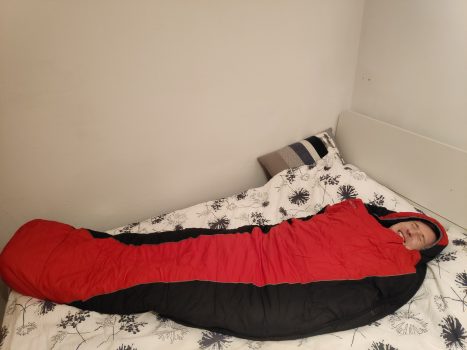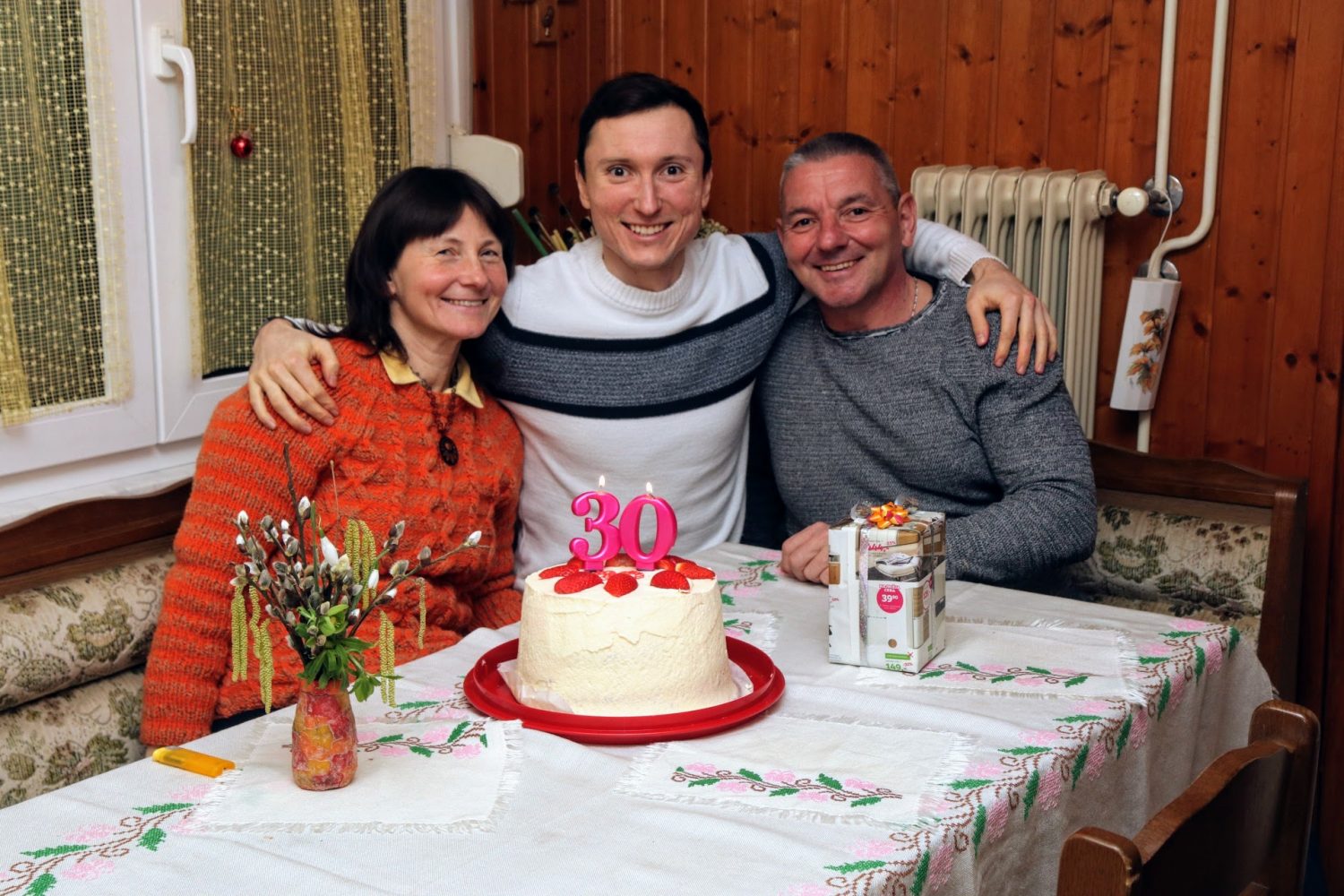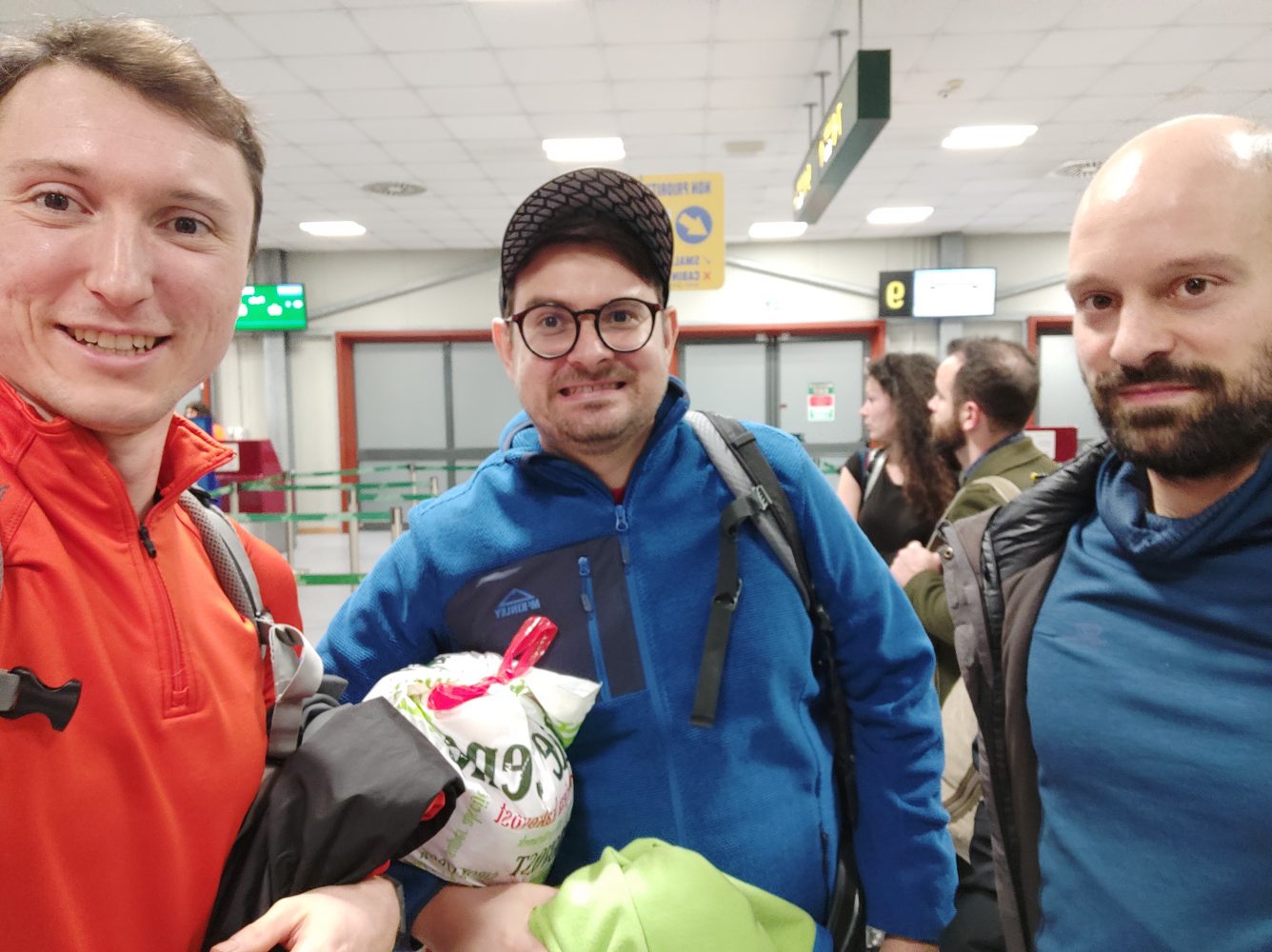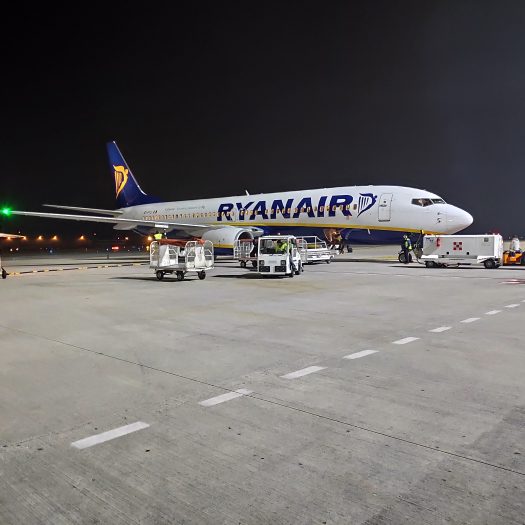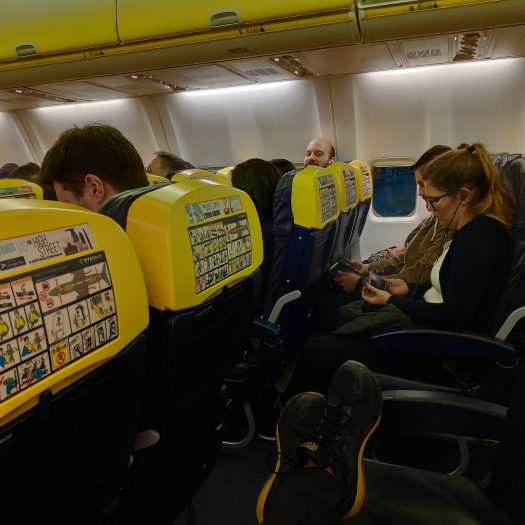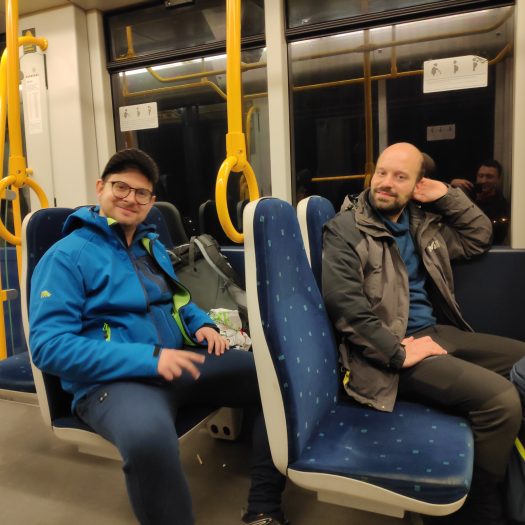We arrived to Porto in the late evening and were in our hostel in around 11PM. To ease into the hiking culture, we decided to make a ho(s)tel reservation for the first night, with a private room for the three of us.
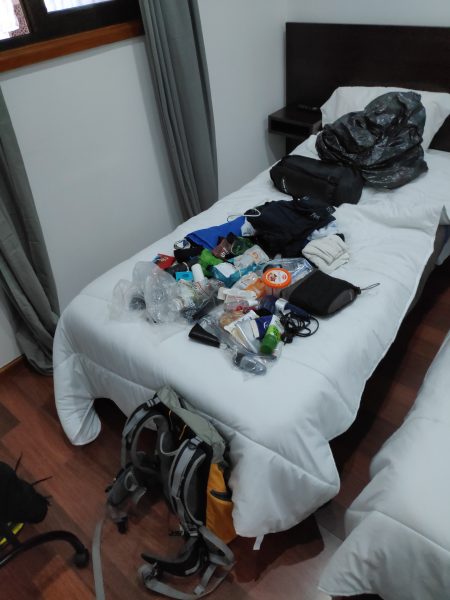
Next day (Sunday), we got up at 9, went to the main cathedral in Porto, where we got our pilgrim’s credentials. With the credentials you get the “ability” to sleep in special hostels called Albergues, that are open only for the pilgrims and are very cheap 6€ in Portugal and 8€ in Spain, that is at least for the state run ones. Of course, you can go into the private ones that give you more amenities but are much more expensive. The problem is, however, as the February is the least touristy month of the year – it’s supposed to be the rainiest month in Portugal/Spain of the year, most of the privately owned Albergues are closed, so the only choice are the state ones.
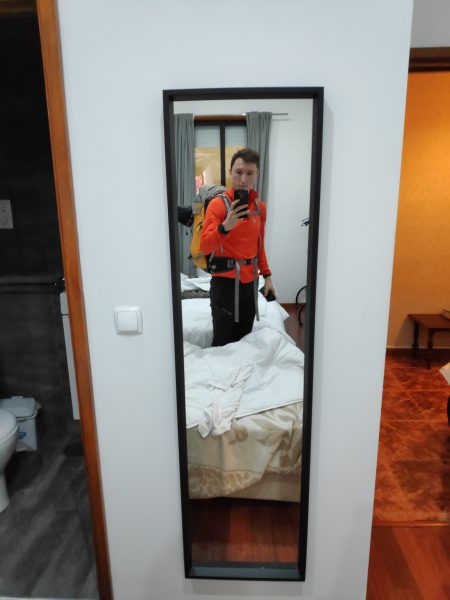
After getting our credentials, the journey started, we were at km 0.
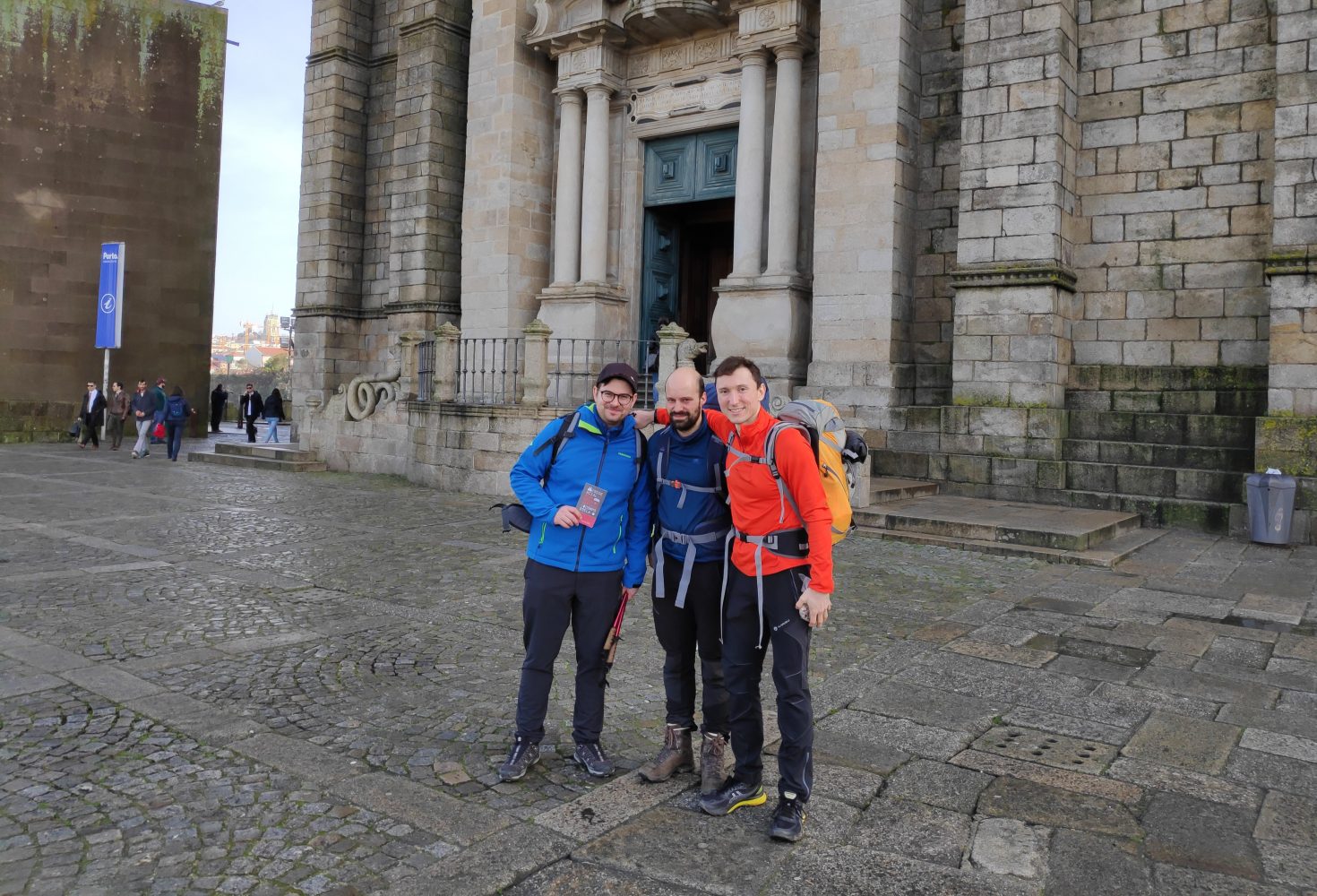
In general the way is well-marked with the yellow arrows, and blue seashells – emblem of the pilgrimage., despite it, it can be a bit confusing in some places, so not long after starting we got lost a bit but with today’s phones it was not too hard to find our way back on track. Ah, one more thing I should mention, on the last day, we found out a great app for the pilgrims, that shows you the different paths you can take, information about albergues and such – Kamino Ninja.
There are 3 ways to reach Santiago from Porto, Costal, spiritual and central path – because of the month we were travelling we took the central path, as it is the most popular, so basically the only one where even the state Albergues are open (more or less). Although from the information we read the coastal one might be the most interesting/beautiful.
On the first day we walked for about 26km, so when we arrived at the monastery in Vairao, it was already dark. We were lucky, as we found the woman, who was taking care of the Albergue – in this case monastery, already preparing to go home. As it turned out, we were the only ones sleeping there for that night. It was an interesting experience all in all. The monastery was not heated, the walls were thick at least 2 m, so it was cold and moist inside. It was actually warmer outside, so we let the window open during the night, but I was really really happy I had my warm sleeping bag with me.
So how to Albergues even work? This mainly applies to the state ones, although the private ones do not differ much. You can only stay in them for 1 night, you get a stamp in your pilgrims credentials and then you have to move on. They are basically a stripped version of ho(s)tels, normally with bare beds, so you have to have sleeping bag with you, and the majority of them have kitchenet with kitchen utensils (however, this does not apply to the first couple of them in Spain, as there are some laws that prohibit them from having kitchens utensils in hostels – something about people not cleaning after themselves and then getting sick). During the summer, in the most popular months they get full quickly, so people usually get up in the middle of the night, so they can arrive at the next albergue before 14.00, when they usually open. It is impossible to make a reservation in advance so if it’s full you are basically left with not much choice but to continue until the next town (which can be 10s of km away) or go into a private one – if they still have some room. Luckily in our case we were at most 10 people, usually even less. And despite having to sleep with total strangers, it doesn’t feel that weird or bad, you are all there with the same reason – pilgrimage, so it’s easy to talk to others, meet new people and you don’t feel like someone is going to murder or rob you in the middle of the night .
After surviving our first freezing night we continued to Barcelos. The path took us over some picturesque bridges and villages, but the vast majority was done on the roads through some urban areas. After about 28h we arrived to Barcelos, where it was dark again. Due to some miscommunication, or maybe because we were tired, who knows, we decided to just find the first Albergue we could and sleep there – as it turned out this was a privately owned on. It cost 10€ / night and I can’t really say it was much better than the state owned ones. Here we also met with another pilgrim, Nina, from Germany, with whom we basically synchronized our walking stages almost until Santiago, but more on this later. Since it was late, we went out for a quick bite and then quickly fallen asleep. Waking the whole day really tires you and the next day was supposed to be a hard one.
The path on the third day was a bit more convoluted thorough side roads and paths, so it was nice to walk, as opposed to walking the whole day on the main road. What I really liked about it was how the natives were used to the pilgrims and everyone you saw greeted you with “Bon Camino”. Some even left some fruit / water in their yards for the pilgrims and there were plenty of orange, tangerine and lemon trees along the road, full of ripe fruit, just asking for the taking. During the first days, we must have eaten kilos of oranges and tangerines.
We continued walking for the better part of the day, until we reached Vitorino dos Piaes, where the next albergue was supposed to be. We must have read the information wrongly, as the town only had privately owned albergue, which was closed on that day. So with terror, at 5pm, we realized we need to make it to the next town – Ponte de Lima, about 15 km further and over a hill. This was by far the hardest day we did, for the last 2 hours we were walking in the dark, luckily we had some flashlights with us. We barely reached the albergue, again, just before it closed, and I must say my legs really really hurt after the whole day of walking, I can’t imagine how Aljoša and Jakob must have felt, not to brag- but I was by far in the best shape of the three of us. In total, we were on our legs for about 13 hours and did about 36 km.
The hardest part of the Camino was behind us – or so we thought.
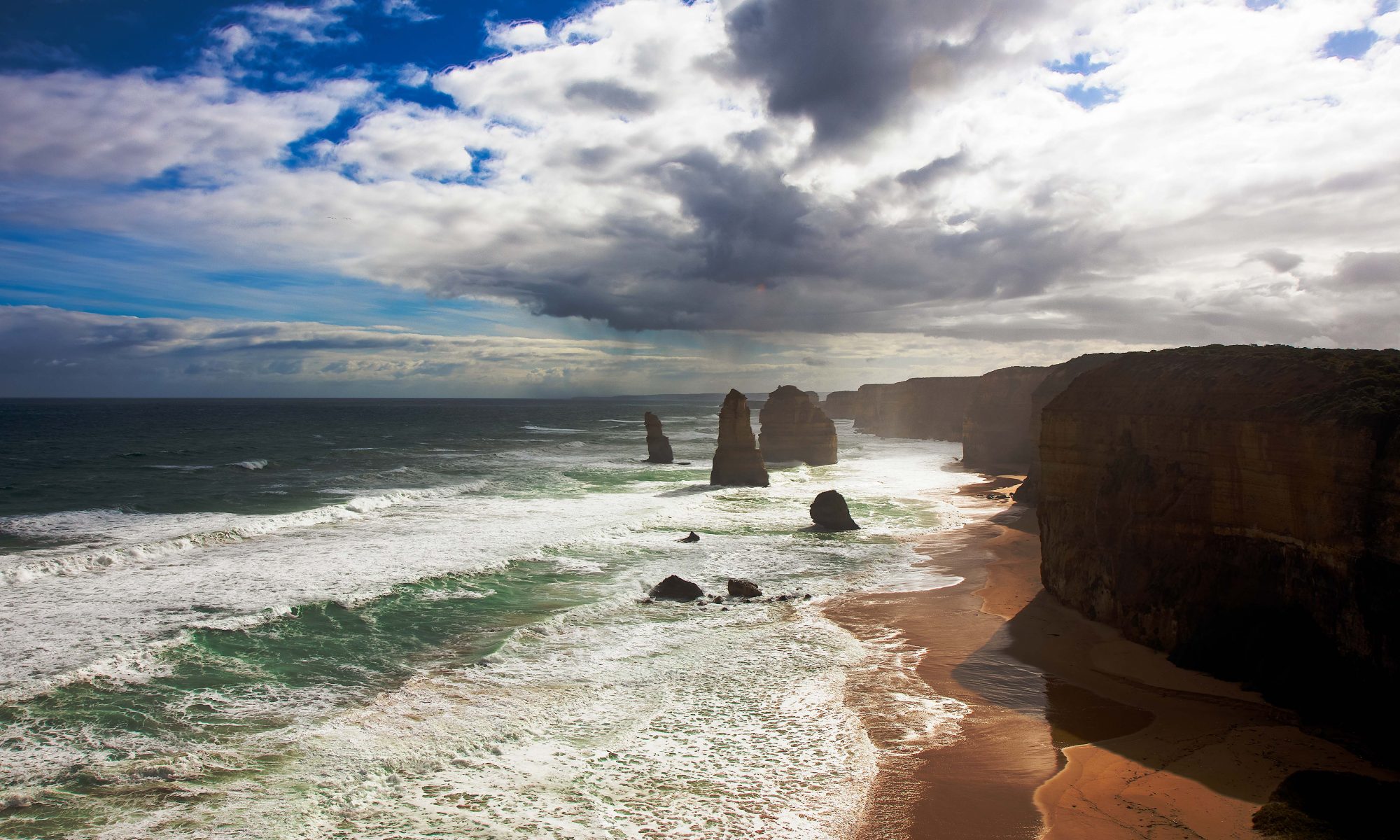

 °C
°C



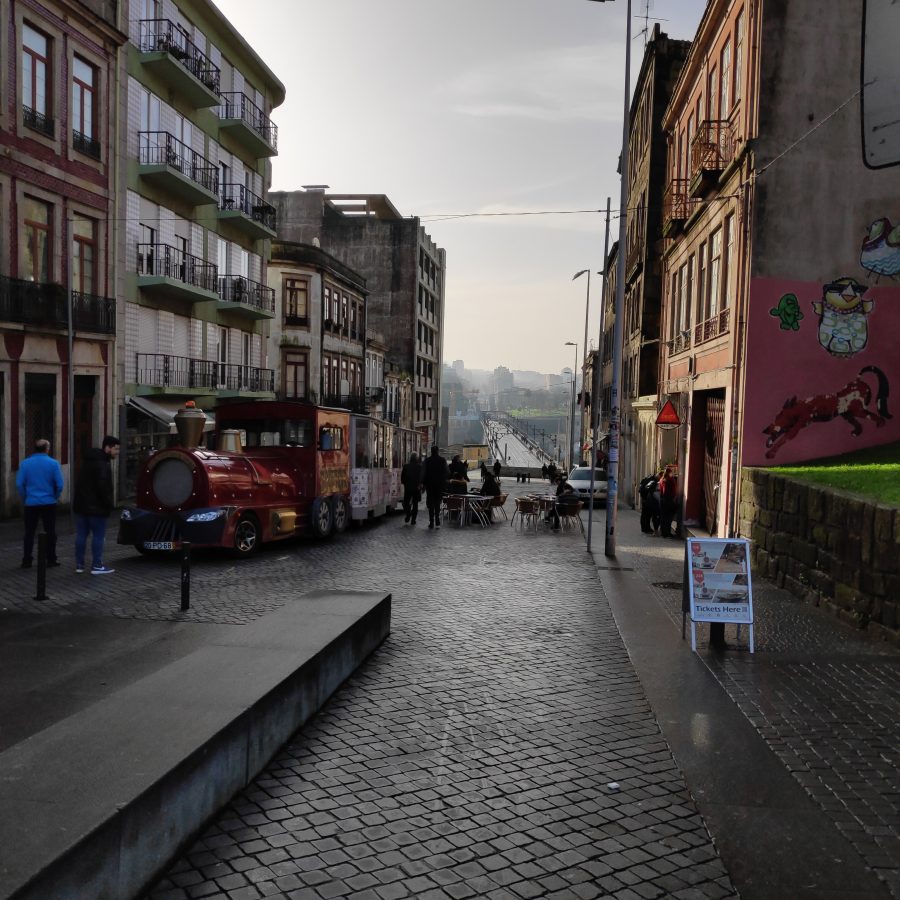
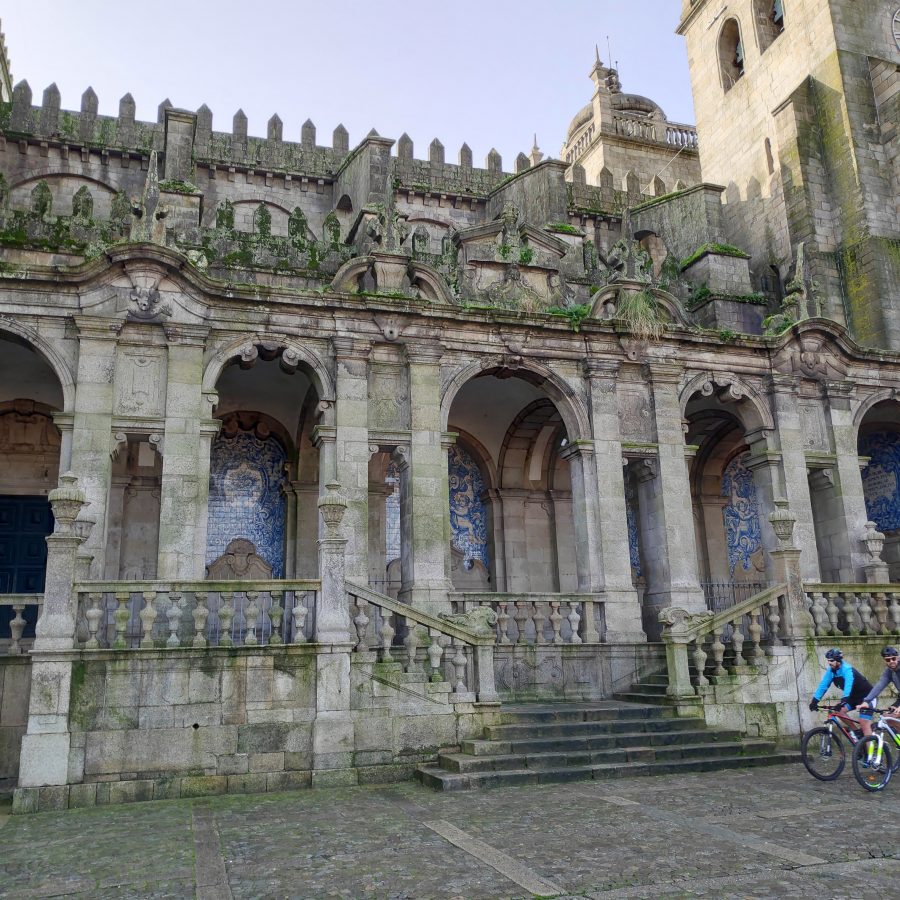
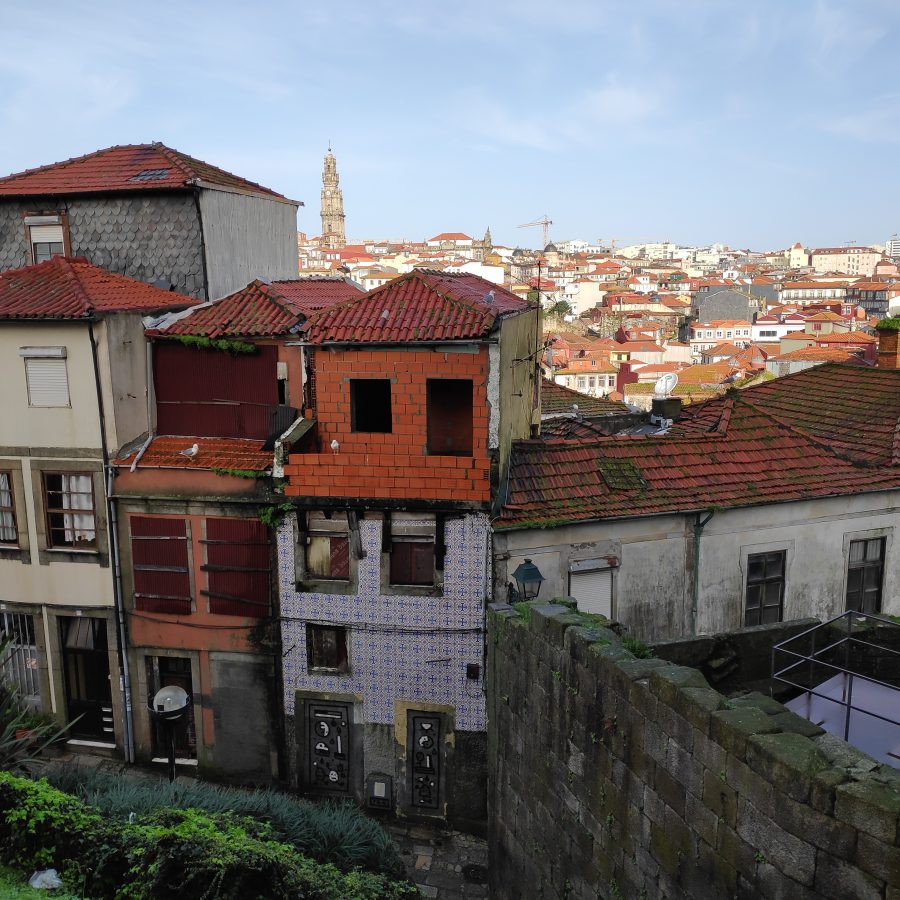
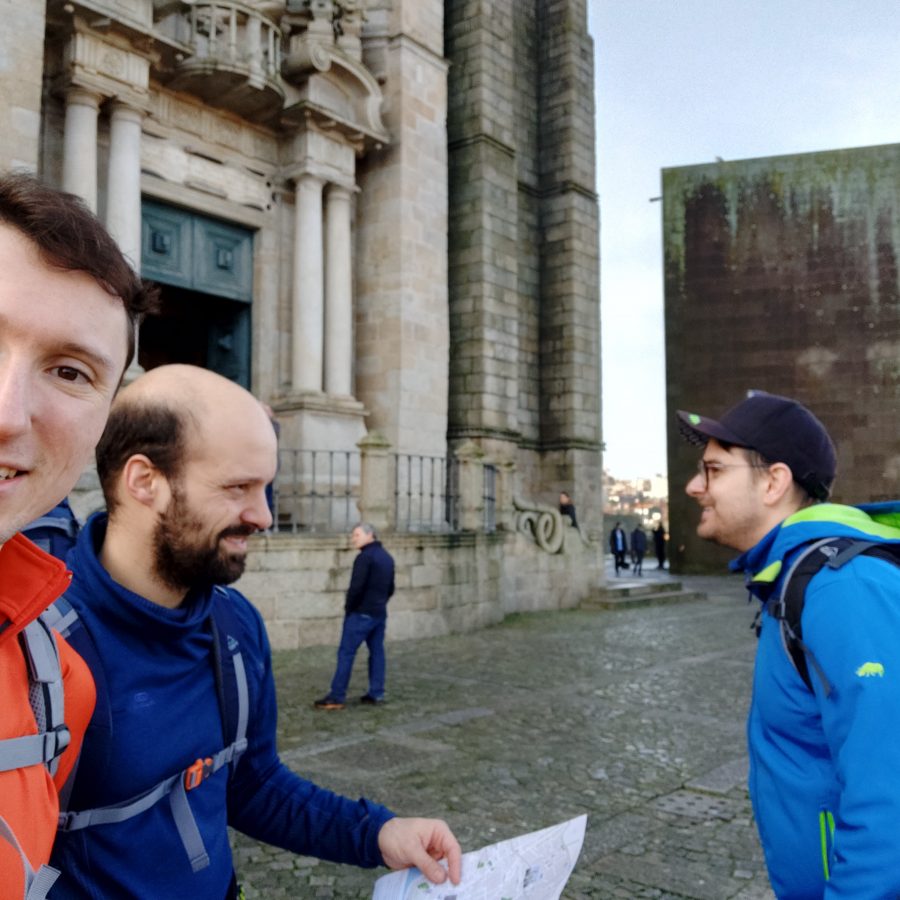
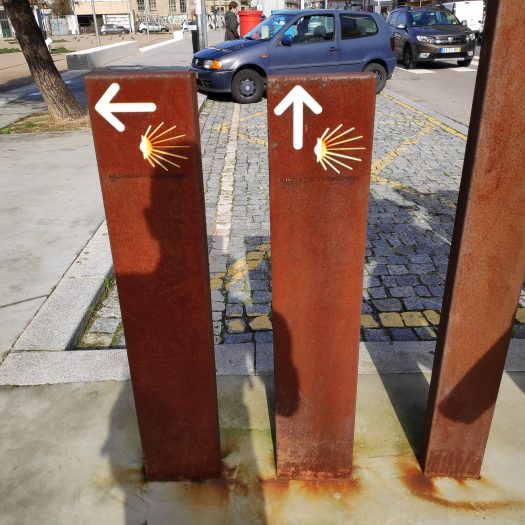
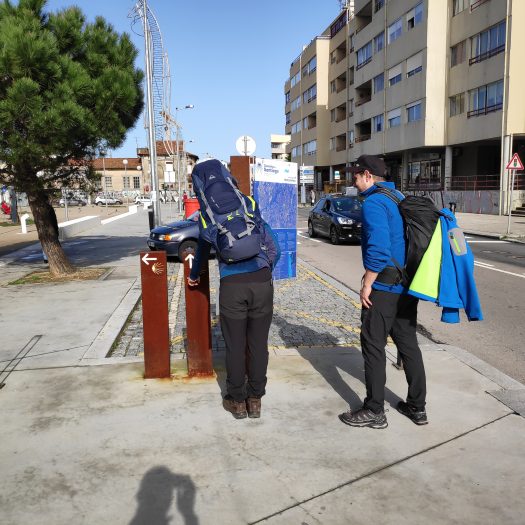
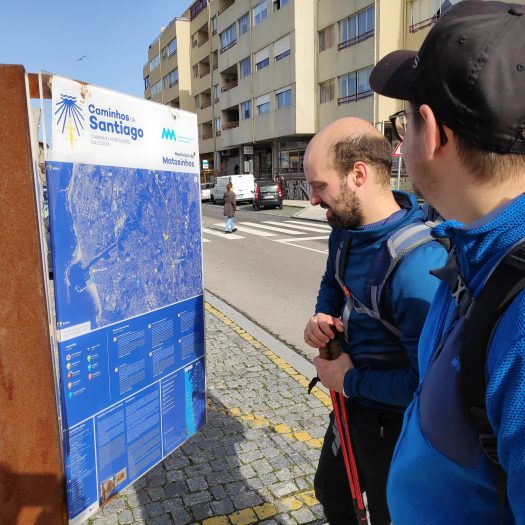
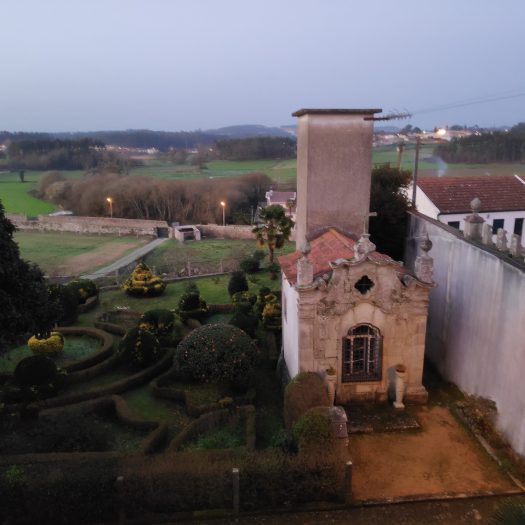
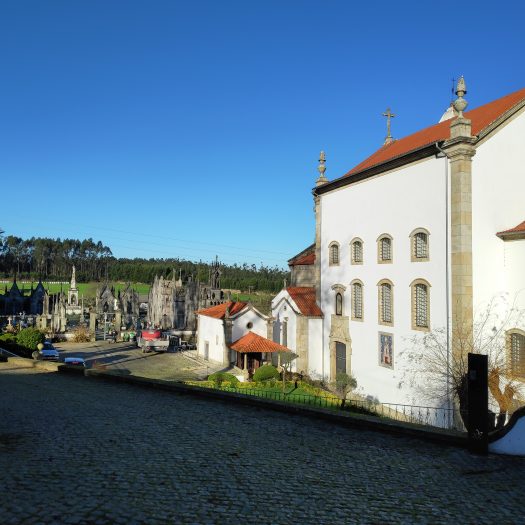
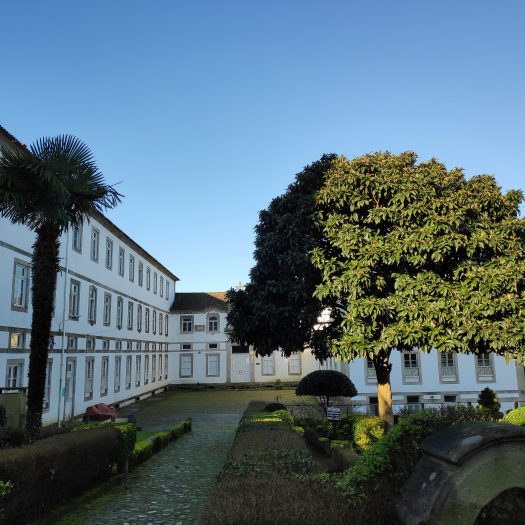
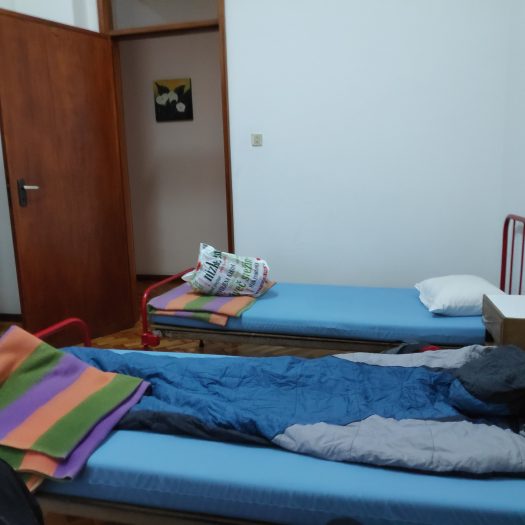
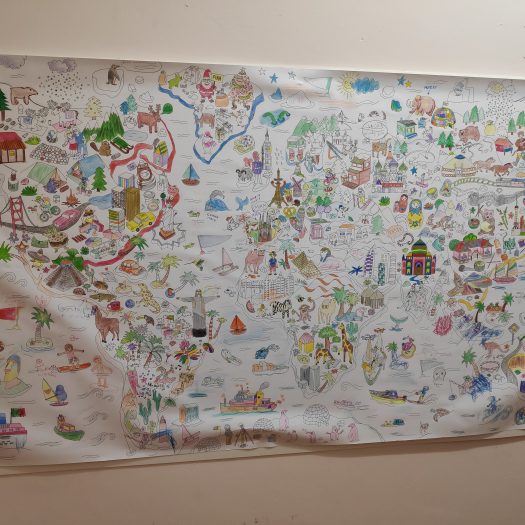
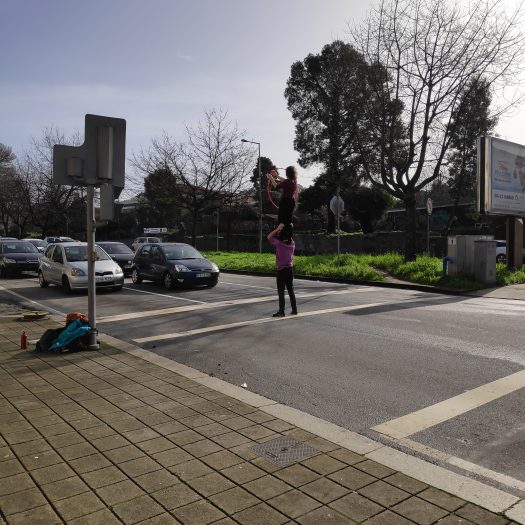
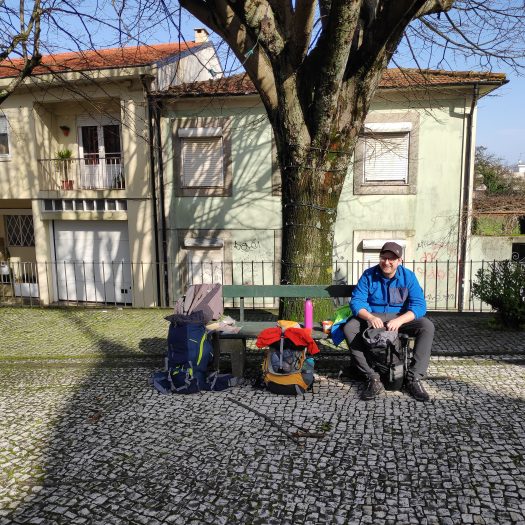
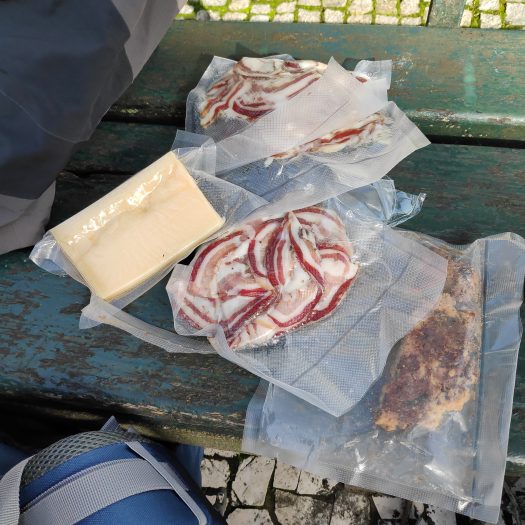
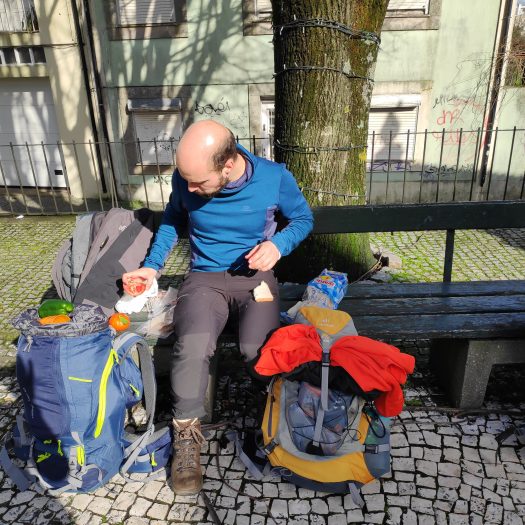
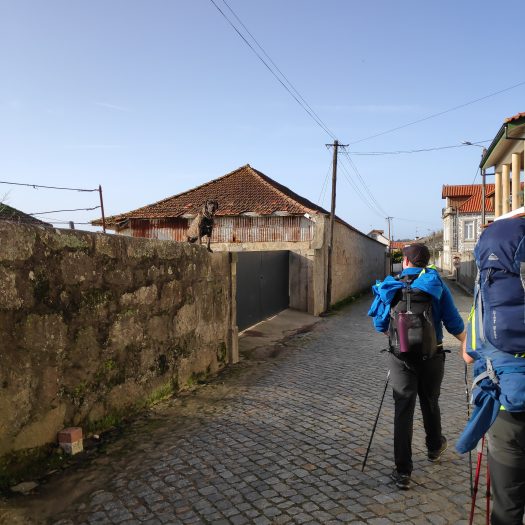
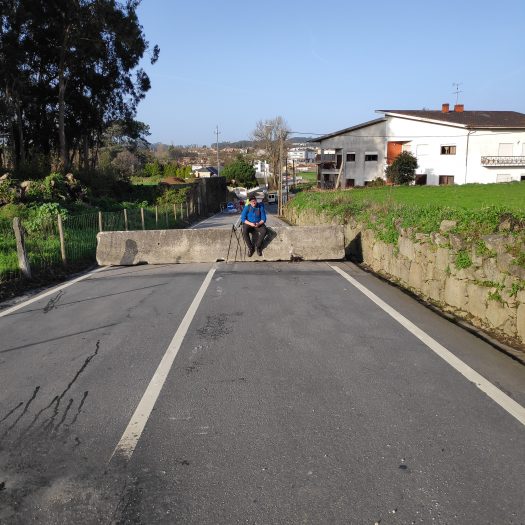
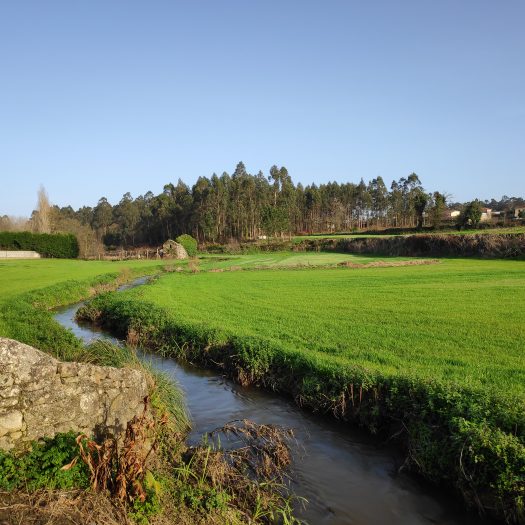
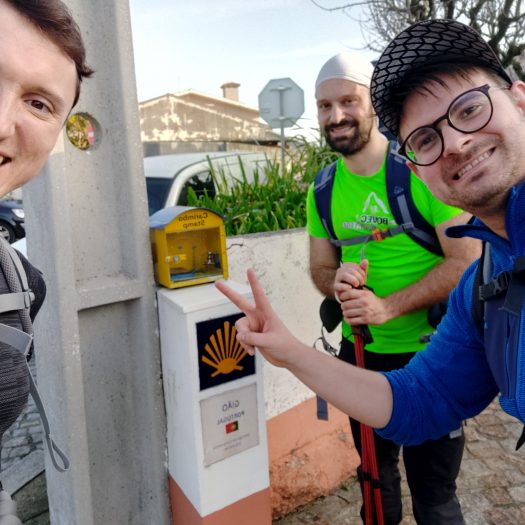
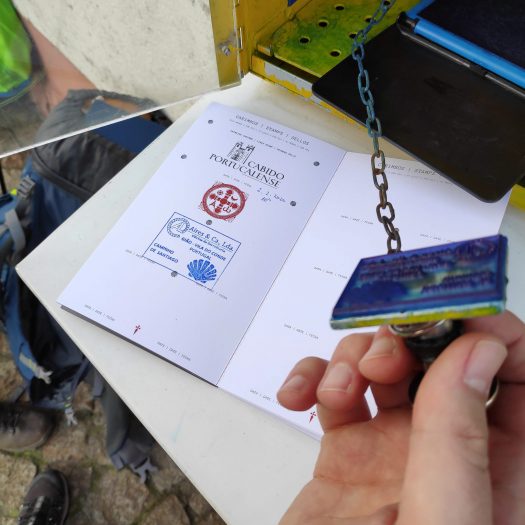
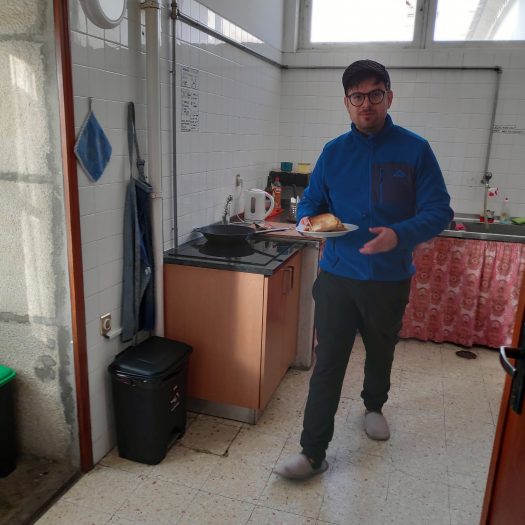
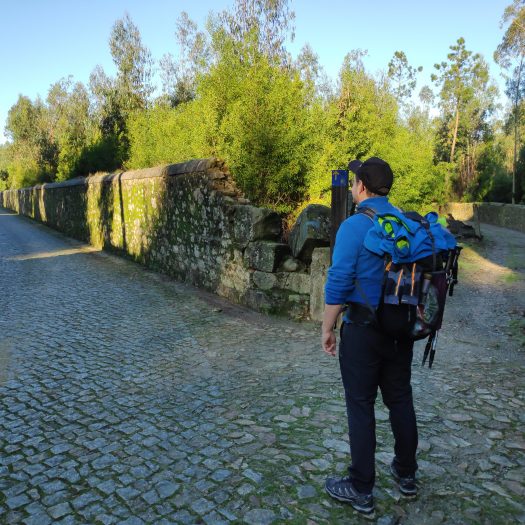
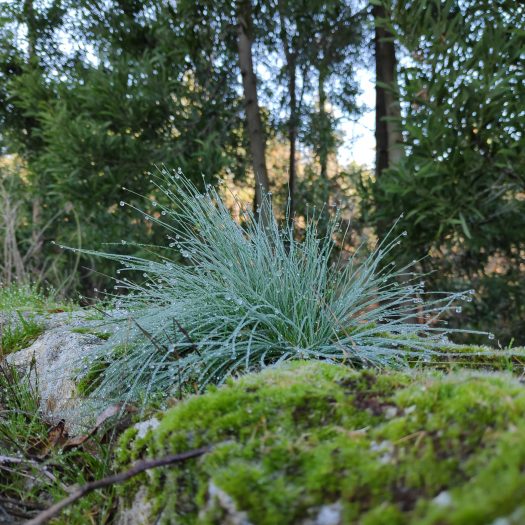
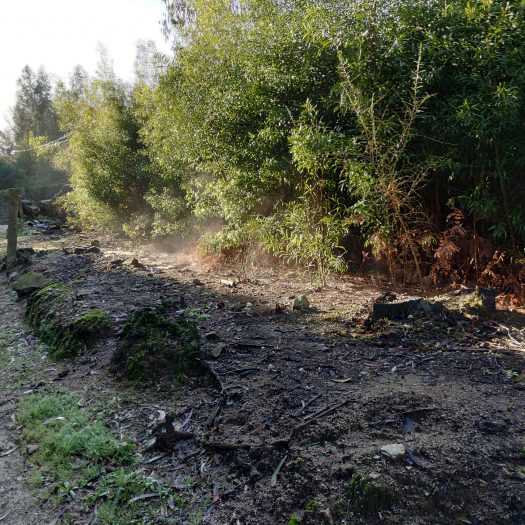
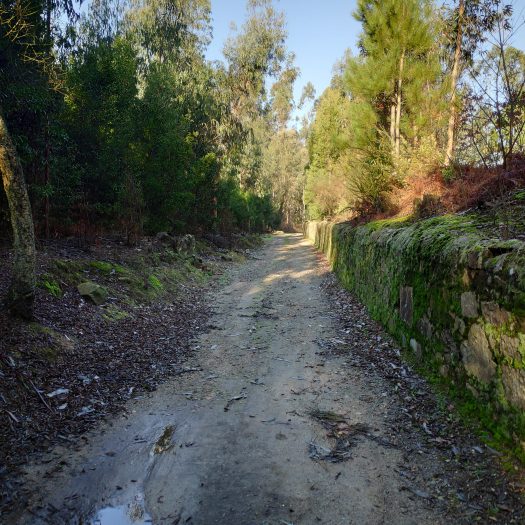
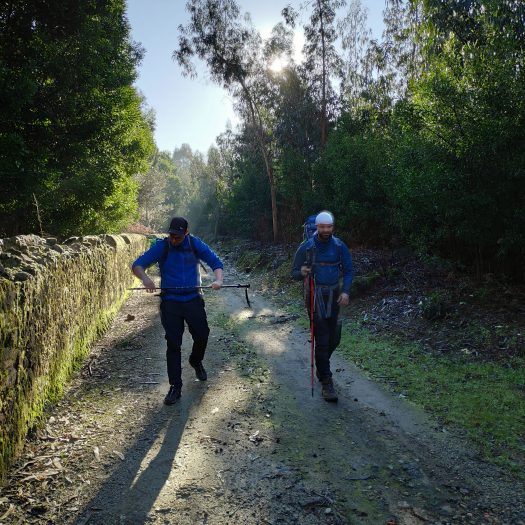
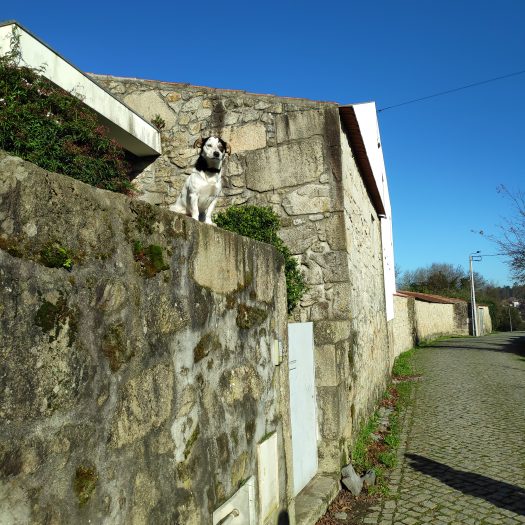
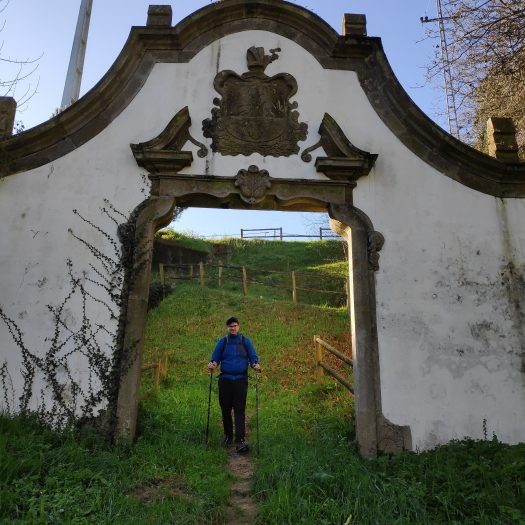
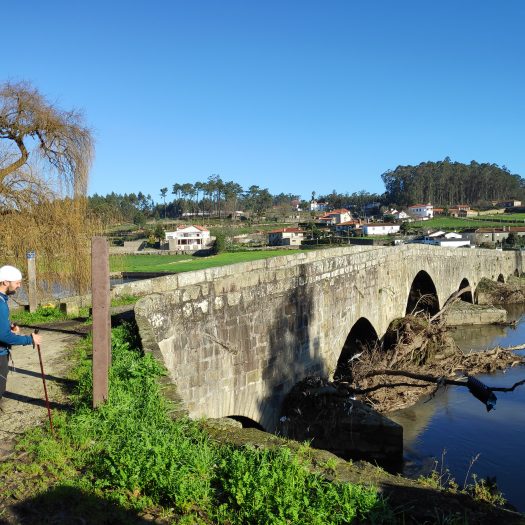
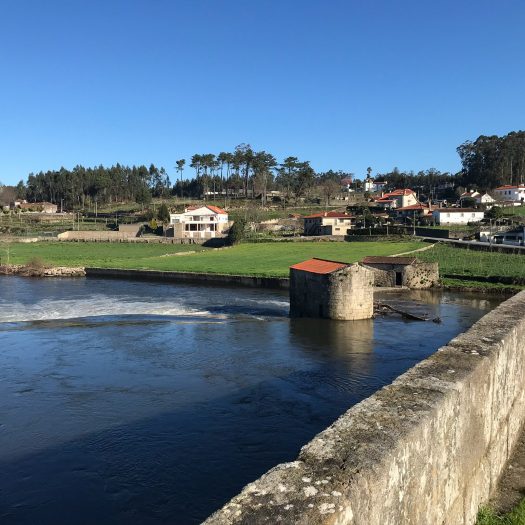
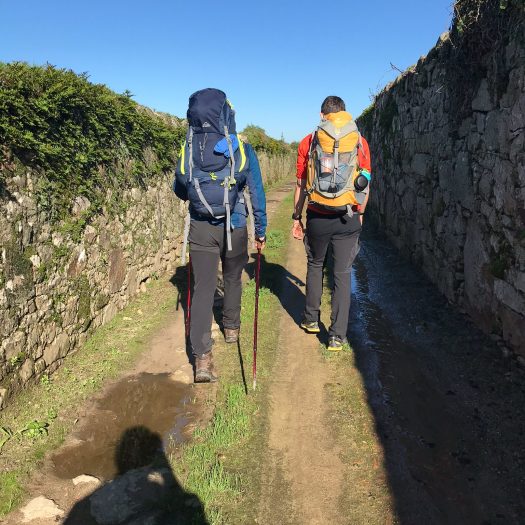
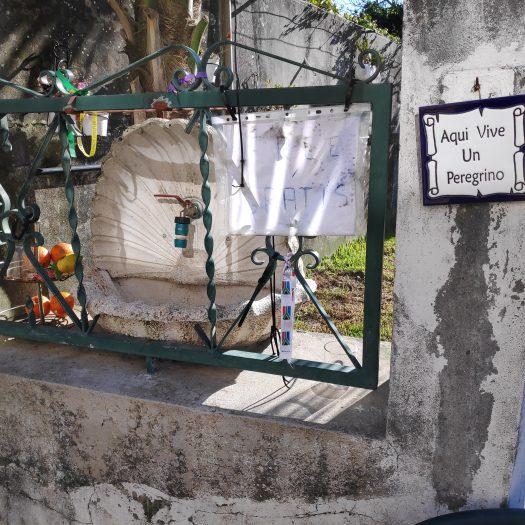
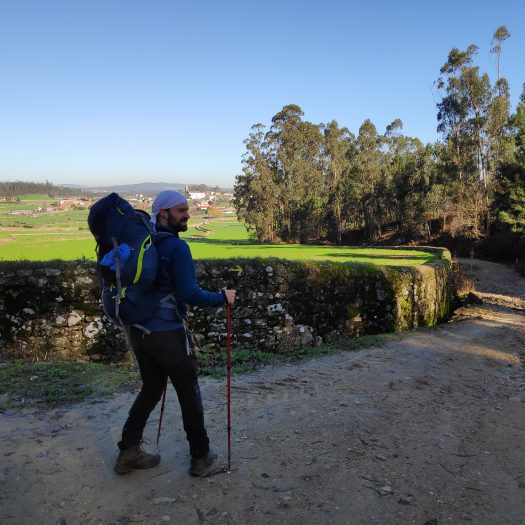
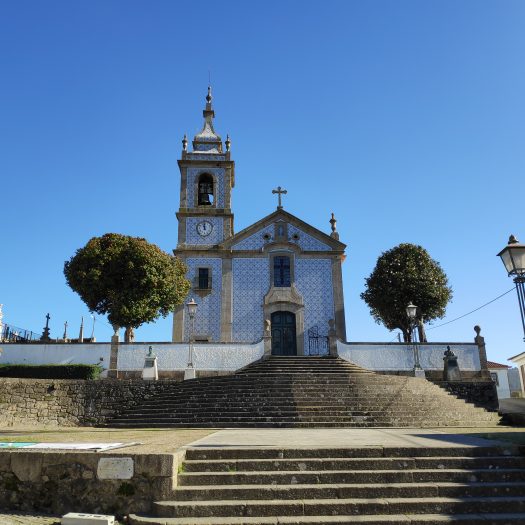
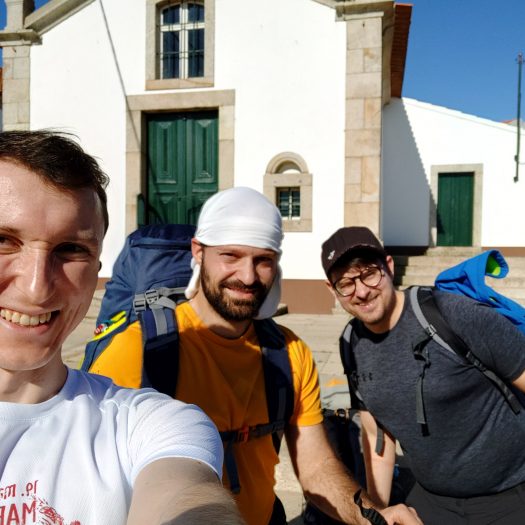
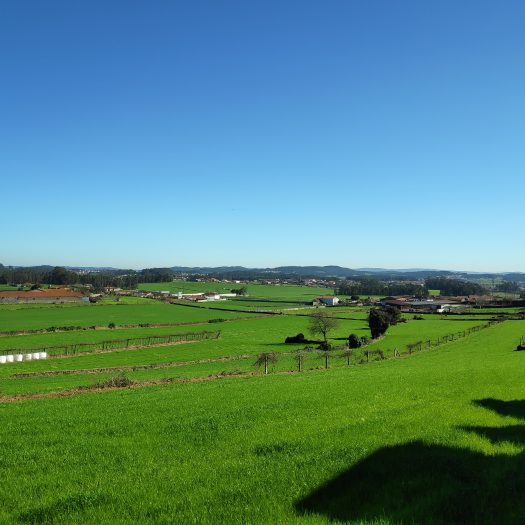
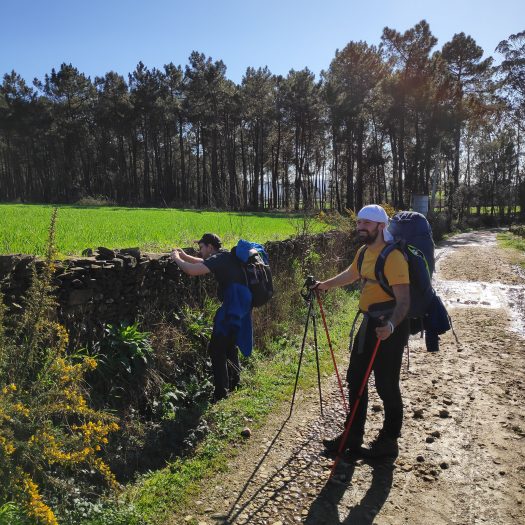
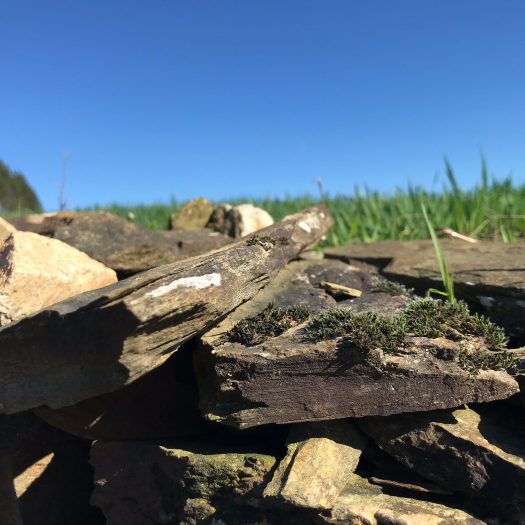
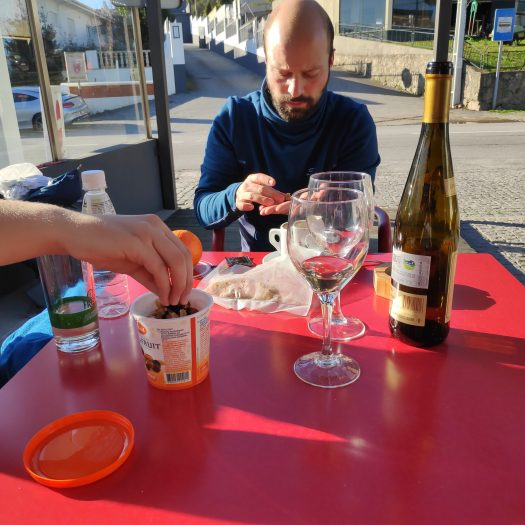
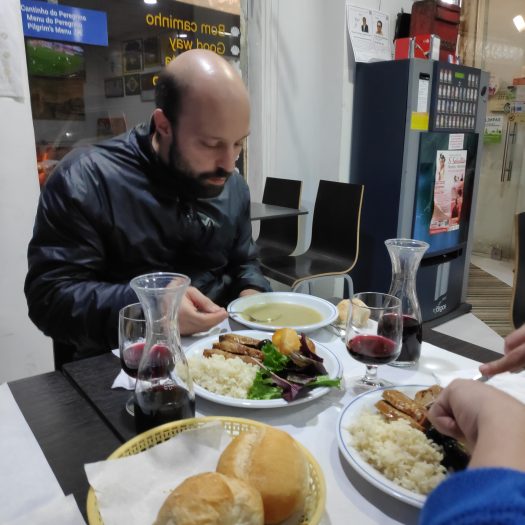
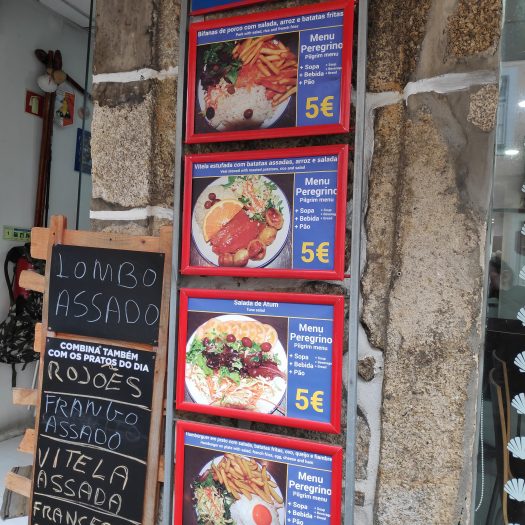
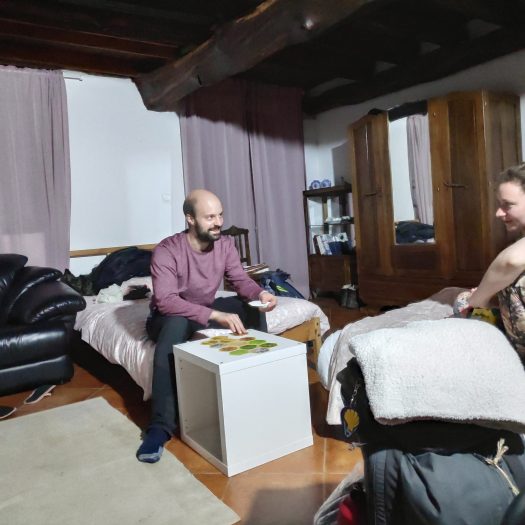
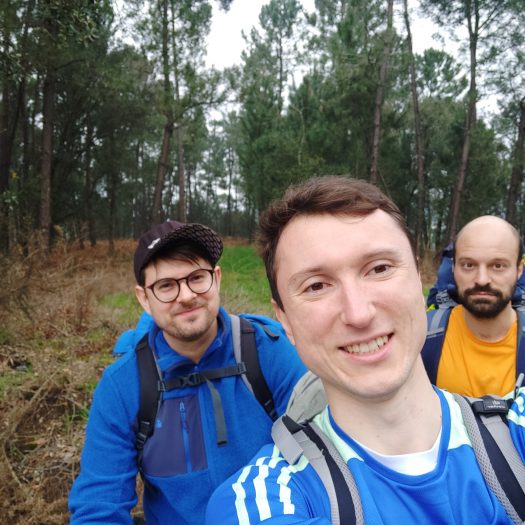
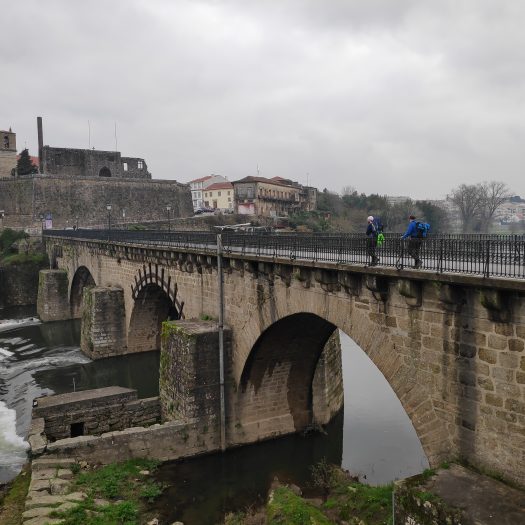
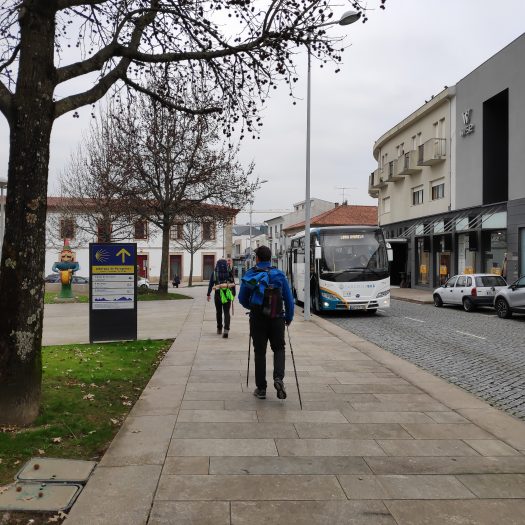
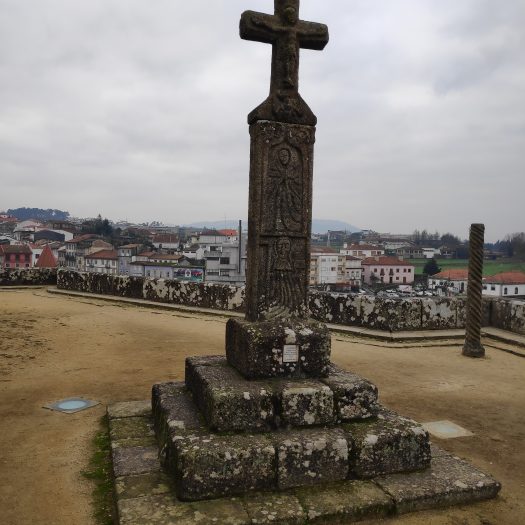
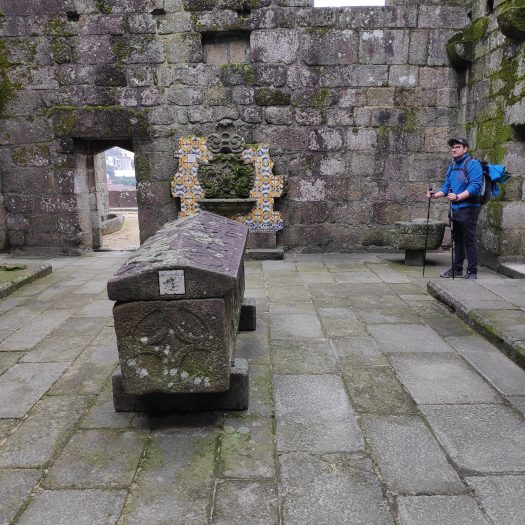
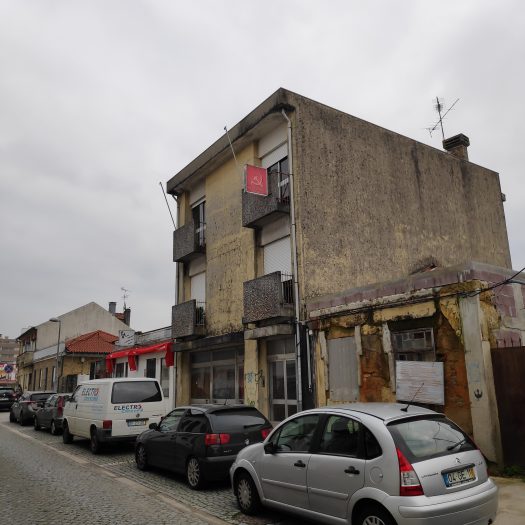
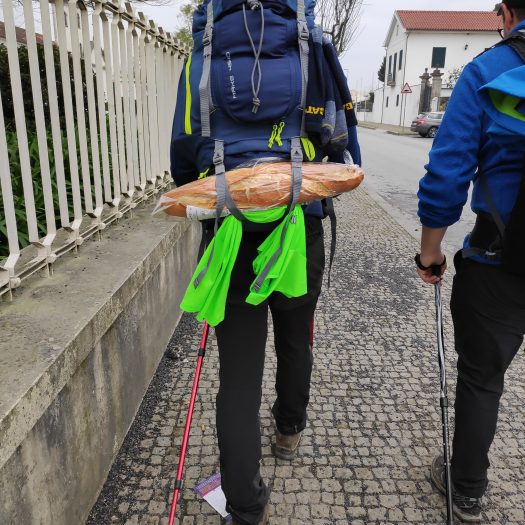
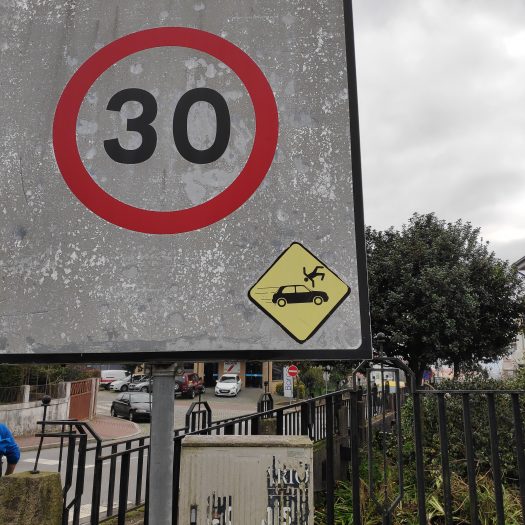
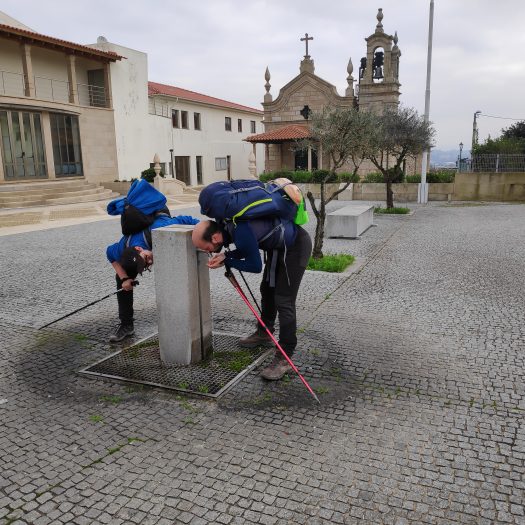
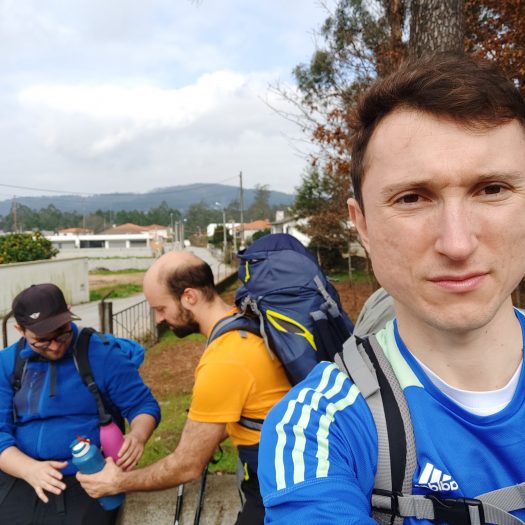
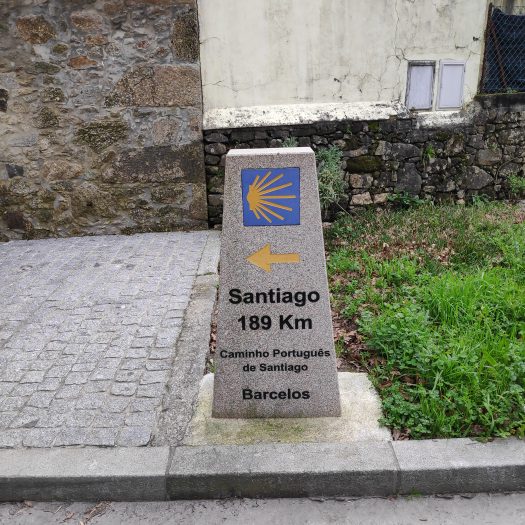
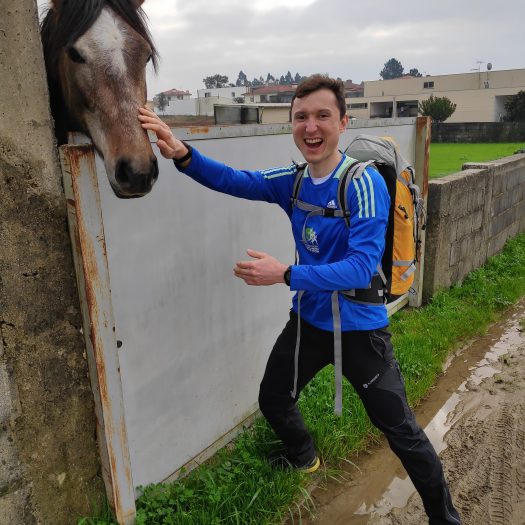
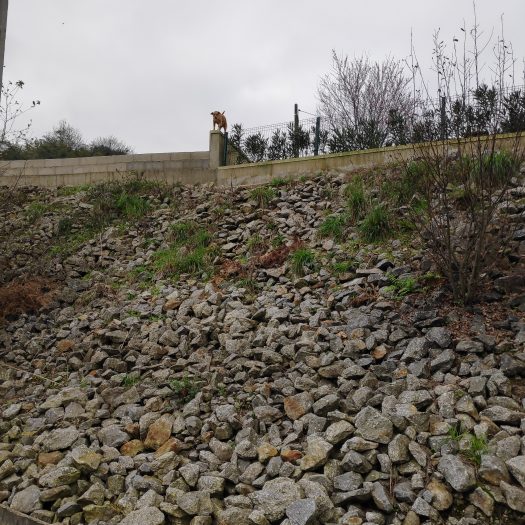
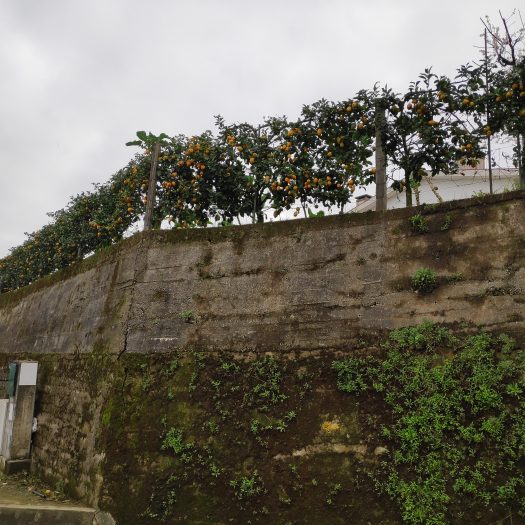
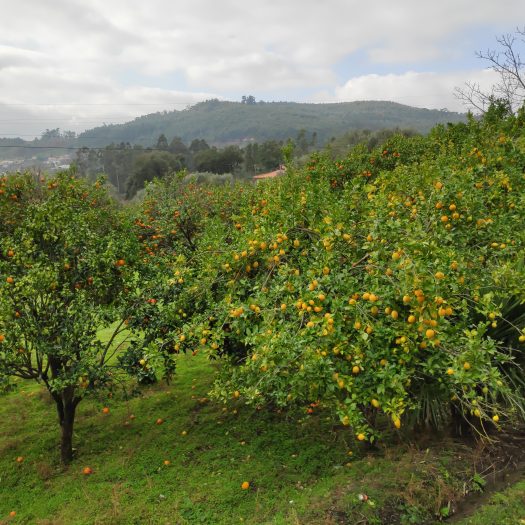
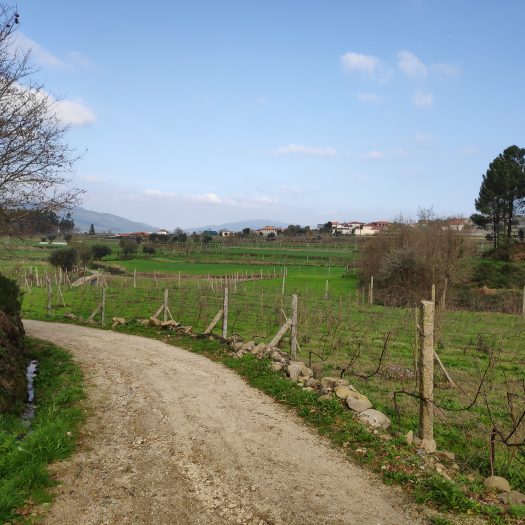
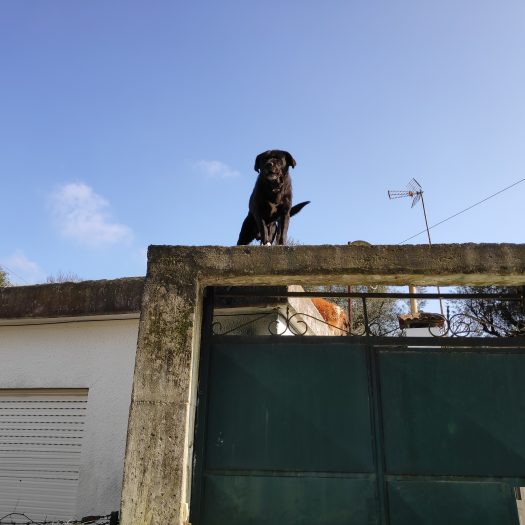
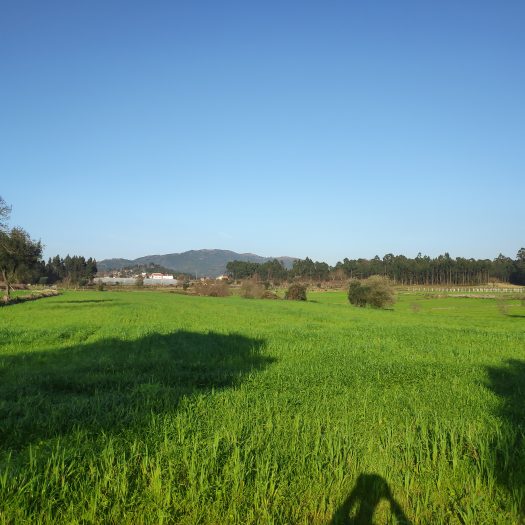
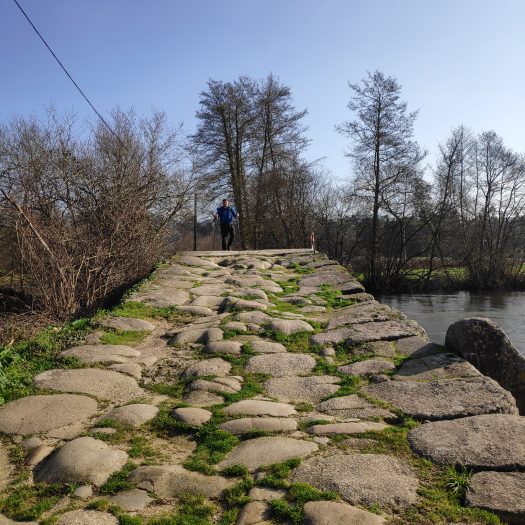
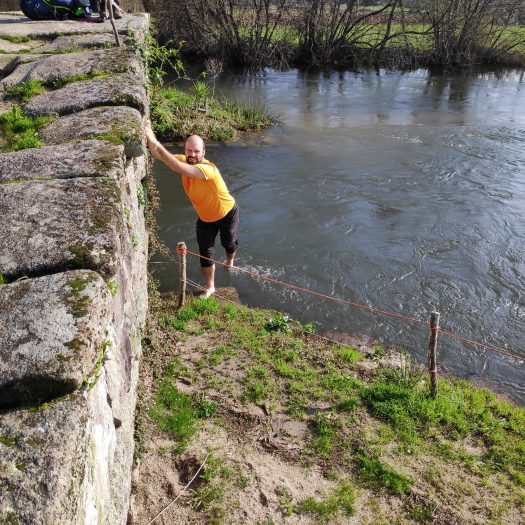
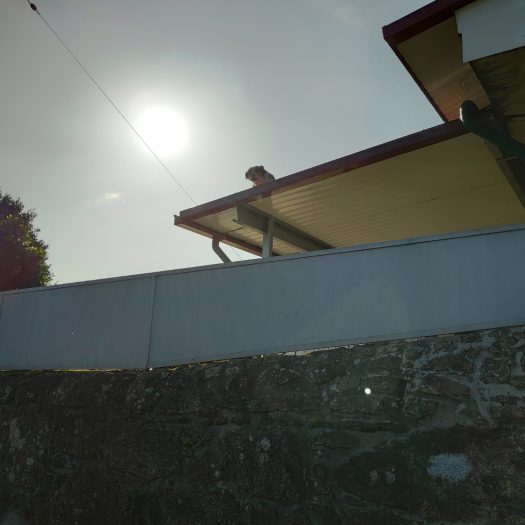
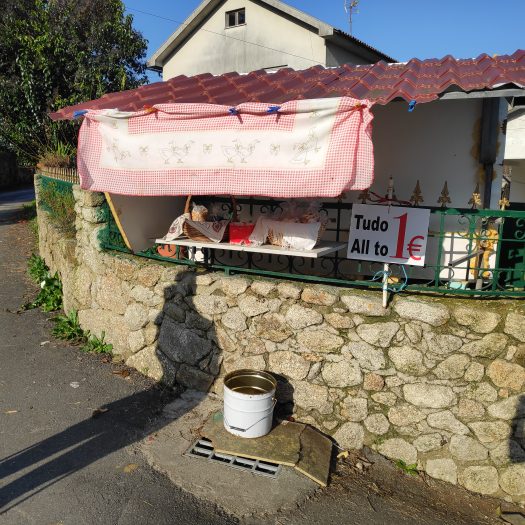
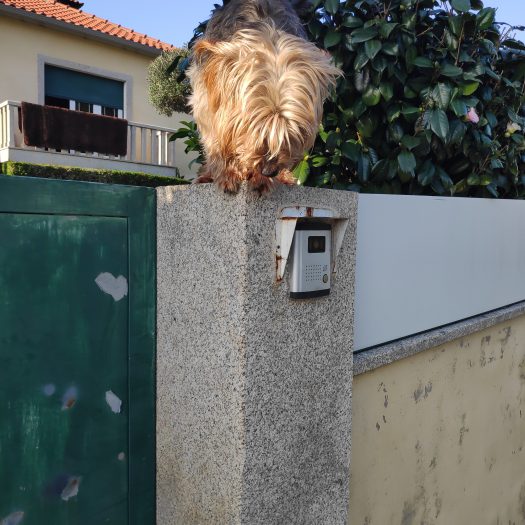
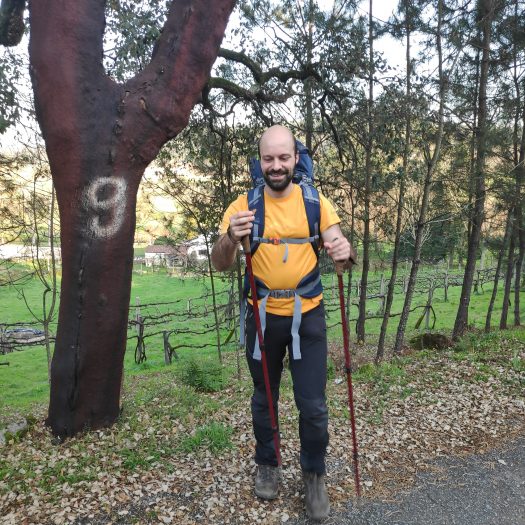
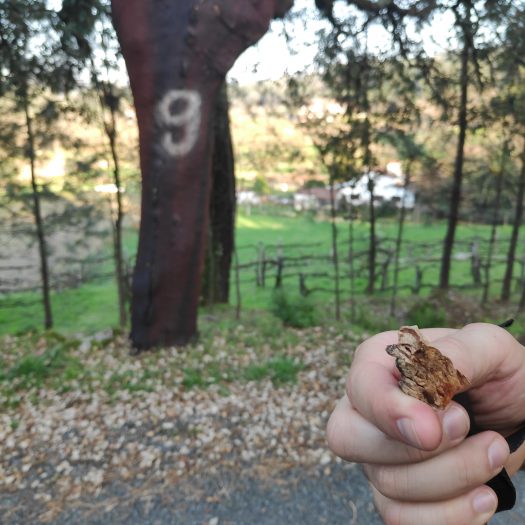
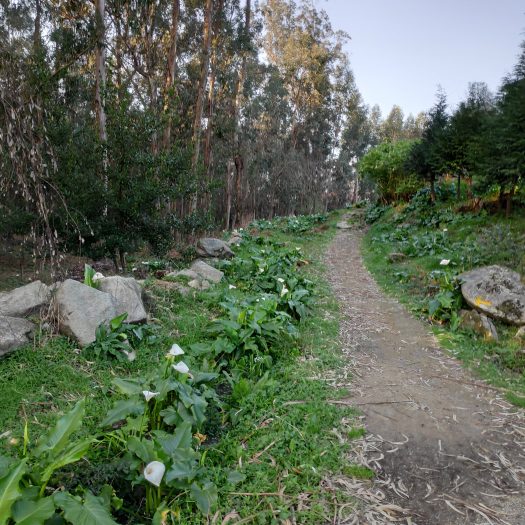
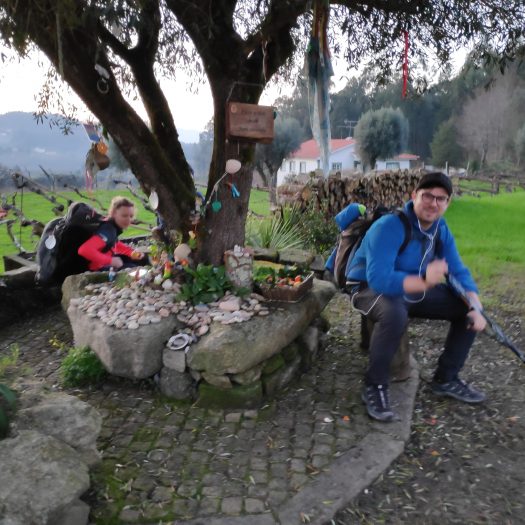
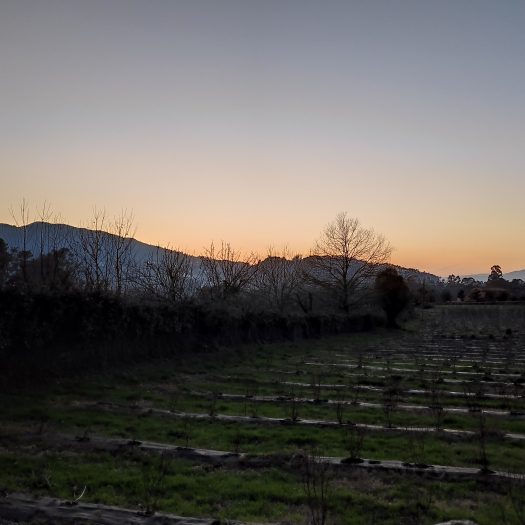
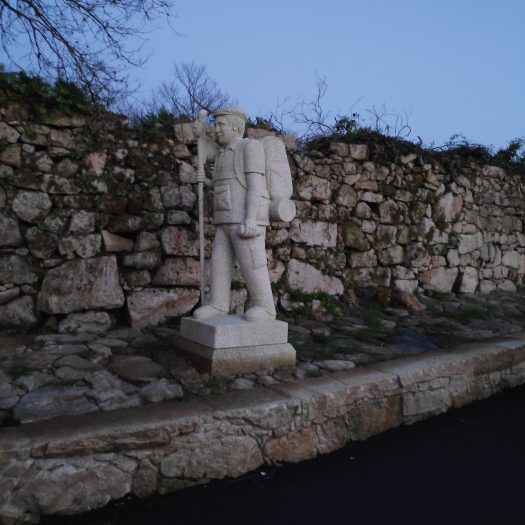
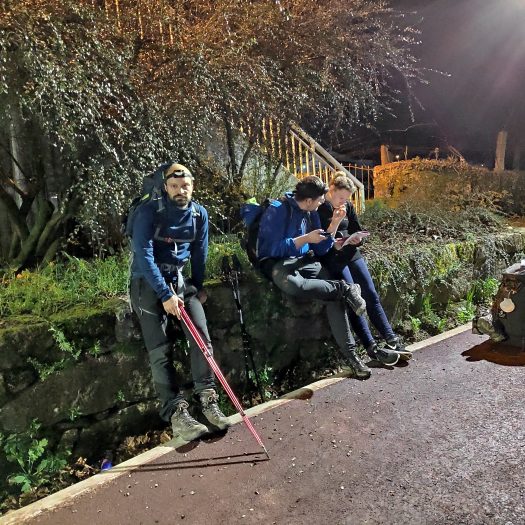
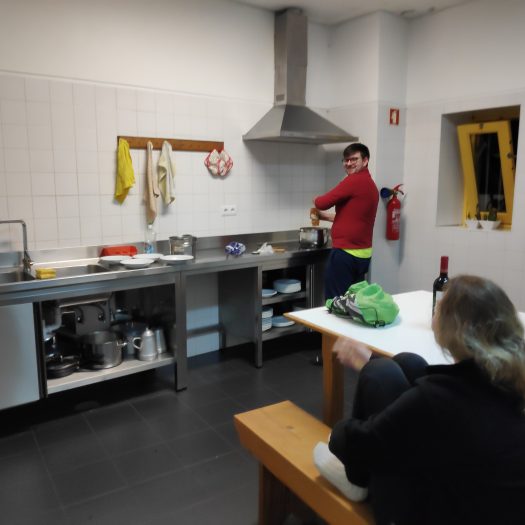
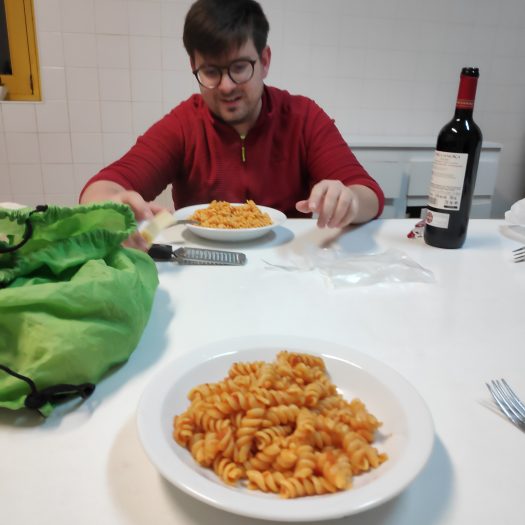
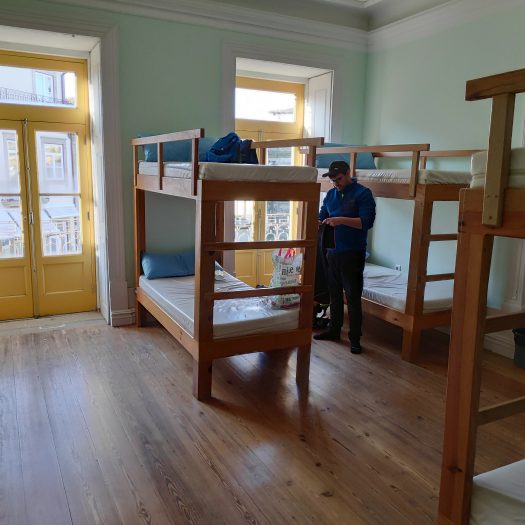
 Leave a comment (0)
Leave a comment (0)
